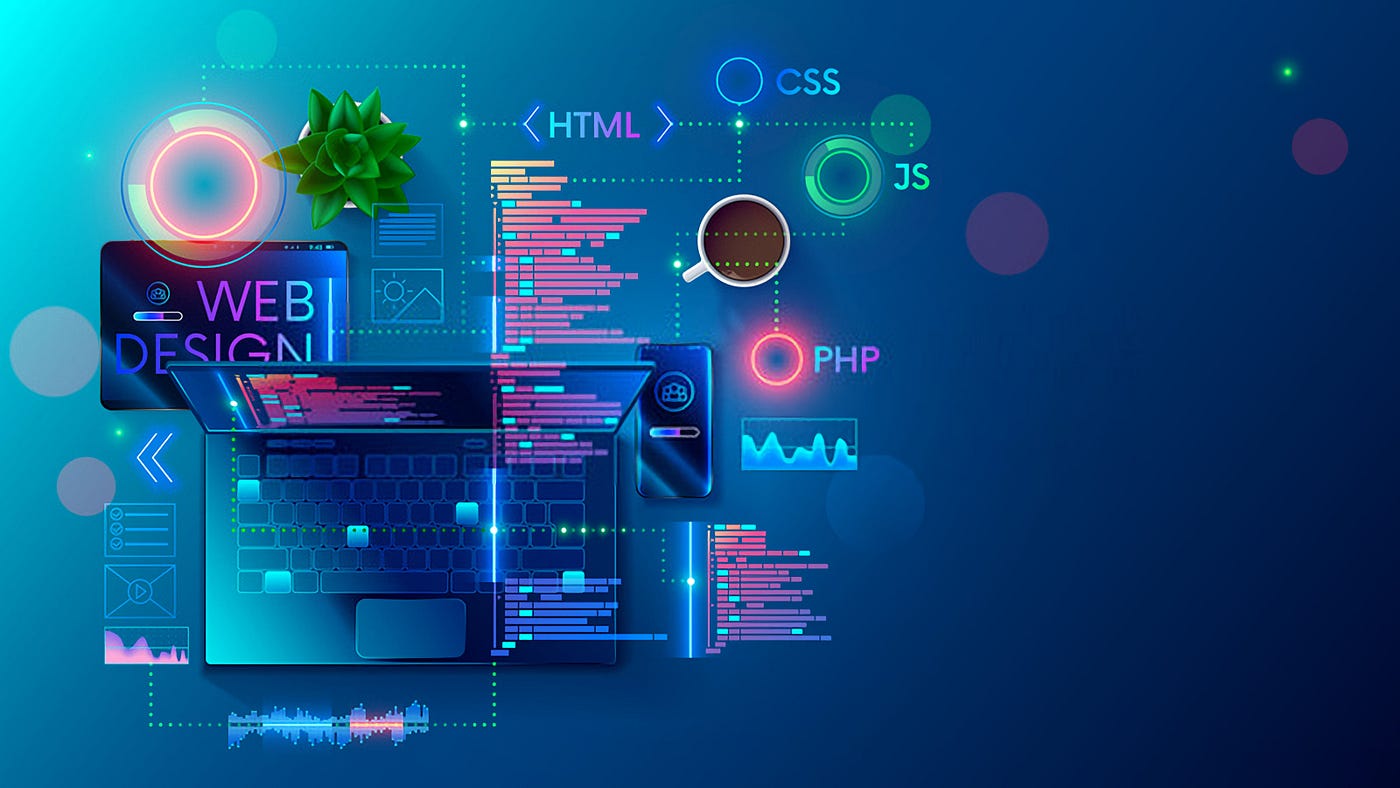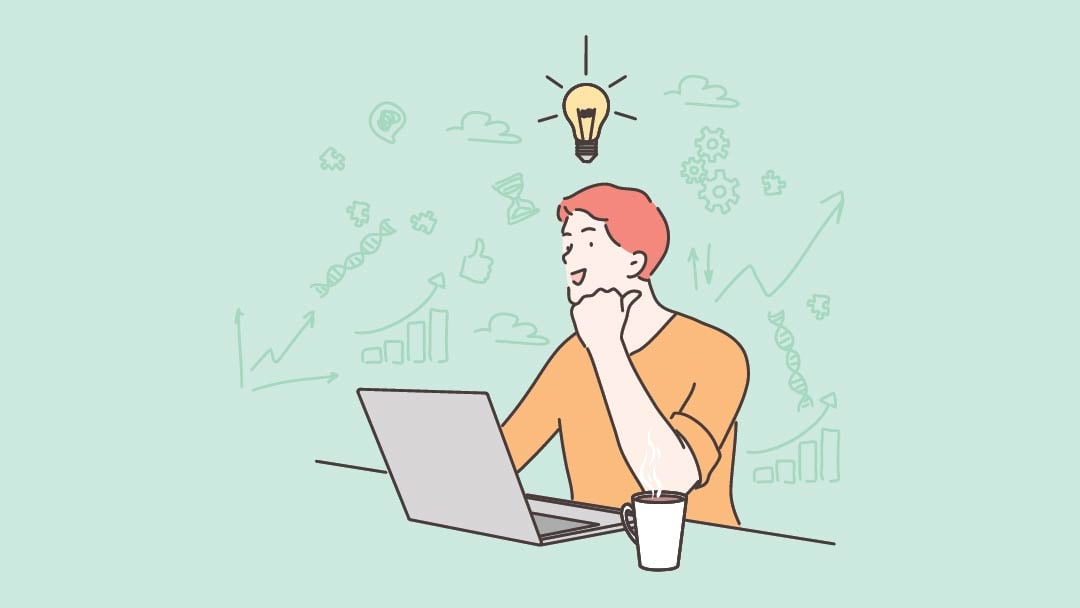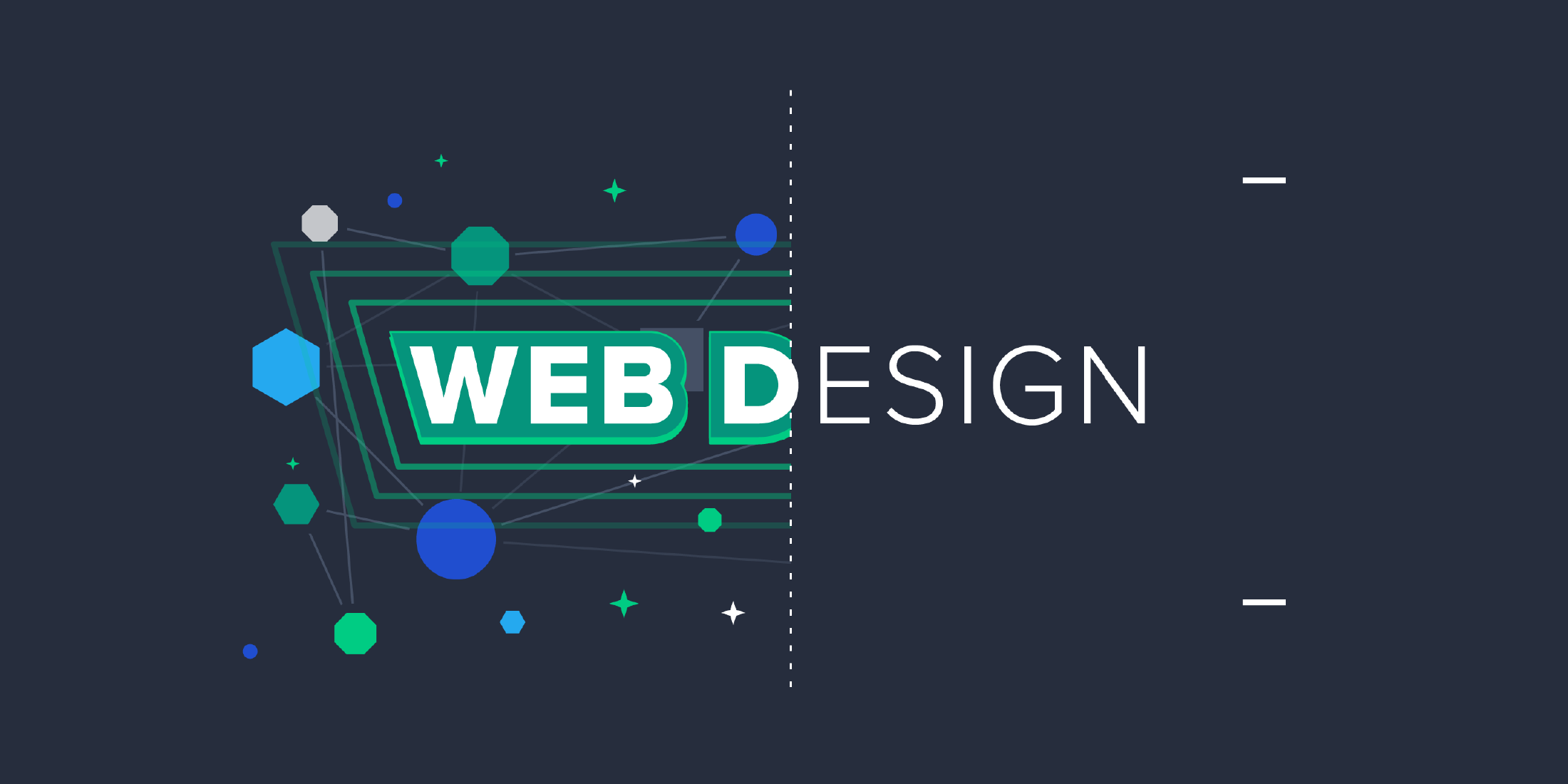All Categories
Featured
Table of Contents
- – Ciw Web Design Series Tips and Tricks:
- – Web Design Services - Verizon Small Business ...
- – Web Design Inspiration : The Best Website Des...
- – Powderkeg: Web Design Madison, Wi Tips and Tr...
- – Wicky Design: Philadelphia Web Design Tips an...
- – Responsive Web Design - A List Apart Tips and...
- – What Is Web Design (And How Do I Get It Righ...
- – Web Design And Applications - W3c Tips and T...
- – Chavez Web Design: Web Design San Diego - Ba...
- – 10 Good Deeds In Web Design - Nielsen Norman...
- – Web Design Certificate - Web Development Cer...
Ciw Web Design Series Tips and Tricks:
Quick summary Usability and the energy, not the visual style, figure out the success or failure of a site. Considering that the visitor of the page is the only person who clicks the mouse and therefore chooses everything, user-centric style has developed as a basic technique for successful and profit-oriented website design - web design frederick md.
and the energy, not the visual style, identify the success or failure of a website. Considering that the visitor of the page is the only individual who clicks the mouse and for that reason decides whatever, user-centric style has actually become a standard method for effective and profit-oriented web design. After all, if users can't use a feature, it might as well not exist.
g. where the search box need to be put) as it has actually currently been done in a variety of posts; rather we concentrate on the methods which, utilized effectively, can cause more sophisticated design choices and streamline the procedure of perceiving provided details. Please observe that you might be interested in the usability-related short articles we've released prior to: Principles Of Good Site Style And Effective Website Design Standards, In order to use the principles appropriately we first require to comprehend how users engage with sites, how they believe and what are the basic patterns of users' behavior.
Web Design Services - Verizon Small Business Essentials Tips and Tricks:
Visitors glimpse at each new page, scan a few of the text, and click on the very first link that captures their interest or slightly looks like the thing they're looking for. In reality, there are large parts of the page they don't even look at. Many users look for something interesting (or useful) and clickable; as quickly as some promising prospects are found, users click.
If a page offers users with premium material, they want to jeopardize the content with advertisements and the design of the site. This is the reason why not-that-well-designed sites with premium material acquire a lot of traffic over years. Material is more vital than the style which supports it.

Extremely simple concept: If a website isn't able to satisfy users' expectations, then designer failed to get his task done properly and the company loses cash. The higher is the cognitive load and the less instinctive is the navigation, the more willing are users to leave the site and search for alternatives.
Web Design Inspiration : The Best Website Design Ideas Tips and Tricks:
Neither do they scan webpage in a linear style, going sequentially from one website area to another one. Rather users satisfice; they pick the very first reasonable alternative. As quickly as they find a link that looks like it may result in the goal, there is an excellent possibility that it will be right away clicked.
It does not matter to us if we understand how things work, as long as we can use them. If your audience is going to act like you're developing billboard, then style great signboards." Users want to have the ability to manage their web browser and rely on the constant information presentation throughout the site.
If the navigation and site architecture aren't intuitive, the variety of question marks grows and makes it harder for users to comprehend how the system works and how to receive from point A to point B. A clear structure, moderate visual ideas and quickly recognizable links can help users to discover their path to their objective.
Powderkeg: Web Design Madison, Wi Tips and Tricks:

Given that users tend to explore sites according to the "F"-pattern, these 3 declarations would be the very first aspects users will see on the page once it is packed. The design itself is simple and intuitive, to understand what the page is about the user requires to search for the answer.
When you have actually achieved this, you can interact why the system works and how users can take advantage of it. People will not utilize your website if they can't find their way around it. 2. Don't Waste Users' Persistence, In every task when you are going to use your visitors some service or tool, attempt to keep your user requirements minimal.
Newbie visitors are willing to, not filling long web kinds for an account they may never ever utilize in the future. Let users check out the site and discover your services without requiring them into sharing personal data. It's not reasonable to require users to get in an e-mail address to test the function.
Wicky Design: Philadelphia Web Design Tips and Tricks:
Stikkit is a perfect example for an user-friendly service which needs practically nothing from the visitor which is inconspicuous and comforting. And that's what you desire your users to feel on your web website. Apparently, Termite requires more. However the registration can be carried out in less than 30 seconds as the kind has horizontal orientation, the user does not even require to scroll the page.
A user registration alone suffices of an obstacle to user navigation to minimize incoming traffic. 3. Handle To Focus Users' Attention, As websites offer both static and vibrant material, some elements of the interface bring in attention more than others do. Undoubtedly, images are more eye-catching than the text just as the sentences marked as vibrant are more appealing than plain text.
Focusing users' attention to specific locations of the website with a moderate use of visual aspects can help your visitors to receive from point A to point B without thinking about how it really is expected to be done. The less concern marks visitors have, the they have and the more trust they can establish towards the company the site represents.
Responsive Web Design - A List Apart Tips and Tricks:
4. Strive For Feature Exposure, Modern web designs are usually criticized due to their technique of directing users with aesthetically appealing 1-2-3-done-steps, big buttons with visual impacts etc. From the design point of view these elements in fact aren't a bad thing. On the contrary, such as they lead the visitors through the website content in an extremely simple and easy to use way.
The site has 9 main navigation alternatives which are noticeable at the very first glance. What matters is that the content is well-understood and visitors feel comfortable with the method they engage with the system.
com gets directly to the point. No cute words, no exaggerated declarations. Instead a rate: simply what visitors are searching for. An ideal option for reliable writing is touse short and succinct expressions (come to the point as quickly as possible), use scannable design (classify the material, utilize several heading levels, use visual elements and bulleted lists which break the circulation of consistent text blocks), usage plain and objective language (a promotion doesn't require to seem like advertisement; give your users some reasonable and objective reason why they ought to use your service or remain on your site)6.
What Is Web Design (And How Do I Get It Right)? - 99designs Tips and Tricks:
Users are rarely on a site to delight in the design; additionally, most of the times they are trying to find the details despite the style - web design frederick md. Make every effort for simpleness instead of complexity. From the visitors' point of view, the finest site style is a pure text, without any advertisements or additional content blocks matching precisely the question visitors used or the material they have actually been looking for.
Finch plainly presents the info about the website and provides visitors an option of options without overcrowding them with unneeded content. 7. Don't Be Scared Of The White Area, In fact it's actually tough to overstate the value of white area. Not only does it help to for the visitors, but it makes it possible to view the information provided on the screen.
Complex structures are harder to read, scan, examine and work with. If you have the choice between separating 2 style segments by a visible line or by some whitespace, it's usually better to use the whitespace service. (Simon's Law): the much better you handle to offer users with a sense of visual hierarchy, the much easier your material will be to perceive.
Web Design And Applications - W3c Tips and Tricks:
The same conventions and guidelines should be used to all elements.: do the most with the least quantity of cues and visual elements. Clearness: all parts ought to be designed so their significance is not unclear.
Conventions Are Our Good friends, Conventional design of site elements doesn't result in an uninteresting web site. It would be a functionality problem if all websites had various visual presentation of RSS-feeds.
understand what they're anticipating from a site navigation, text structure, search placement etc. A case in point from usability sessions is to equate the page in Japanese (assuming your web users don't know Japanese, e. g. with Babelfish) and offer your functionality testers with a task to find something in the page of various language.
Chavez Web Design: Web Design San Diego - Bakersfield ... Tips and Tricks:
Test Early, Test Often, This so-called TETO-principle needs to be used to every web design job as use tests often supply into significant problems and concerns related to a given design. Test not too late, not too little and not for the wrong factors.
Some important points to keep in mind: according to Steve Krug, and screening one user early in the job is better than testing 50 near the end. Accoring to Boehm's first law, errors are most regular throughout requirements and style activities and are the more costly the later on they are removed.
That means that you develop something, test it, fix it and then evaluate it again. There may be problems which have not been discovered during the first round as users were virtually blocked by other problems.
10 Good Deeds In Web Design - Nielsen Norman Group Tips and Tricks:

This holds for designers. After you have actually worked on a site for couple of weeks, you can't observe it from a fresh viewpoint any longer. You know how it is constructed and therefore you know precisely how it works you have the wisdom independent testers and visitors of your website would not have.
It can be connected to other locations such as graphic style, user experience, and multimedia arts, however is more aptly seen from a technological perspective. It has actually become a big part of individuals's daily lives. It is difficult to think of the Web without animated graphics, different designs of typography, background, videos and music.

During 1991 to 1993 the World Wide Web was born. Text-only pages could be viewed using a basic line-mode web browser. In 1993 Marc Andreessen and Eric Bina, developed the Mosaic web browser. At the time there were several web browsers, nevertheless most of them were Unix-based and naturally text heavy. There had actually been no integrated approach to graphic design aspects such as images or noises.
Web Design Certificate - Web Development Certificate Program Tips and Tricks:
The W3C was created in October 1994 to "lead the World Wide Web to its complete potential by developing typical protocols that promote its development and ensure its interoperability." This prevented any one business from monopolizing a propriety browser and programming language, which might have altered the effect of the Web as a whole.
As this has actually taken place the innovation of the web has actually likewise moved on. There have likewise been substantial modifications in the method individuals utilize and access the web, and this has actually changed how sites are designed.
Learn more about Lovell Media Group LLC or TrainACETable of Contents
- – Ciw Web Design Series Tips and Tricks:
- – Web Design Services - Verizon Small Business ...
- – Web Design Inspiration : The Best Website Des...
- – Powderkeg: Web Design Madison, Wi Tips and Tr...
- – Wicky Design: Philadelphia Web Design Tips an...
- – Responsive Web Design - A List Apart Tips and...
- – What Is Web Design (And How Do I Get It Righ...
- – Web Design And Applications - W3c Tips and T...
- – Chavez Web Design: Web Design San Diego - Ba...
- – 10 Good Deeds In Web Design - Nielsen Norman...
- – Web Design Certificate - Web Development Cer...
Latest Posts
Web Development Bachelor's Degree - Full Sail University Tips and Tricks:
Web Design Studio & Digital Marketing Agency • Gravitate Tips and Tricks:
53 Web Design Tools To Help You Work Smarter In 2022 Tips and Tricks:
More
Latest Posts
Web Development Bachelor's Degree - Full Sail University Tips and Tricks:
Web Design Studio & Digital Marketing Agency • Gravitate Tips and Tricks:
53 Web Design Tools To Help You Work Smarter In 2022 Tips and Tricks: